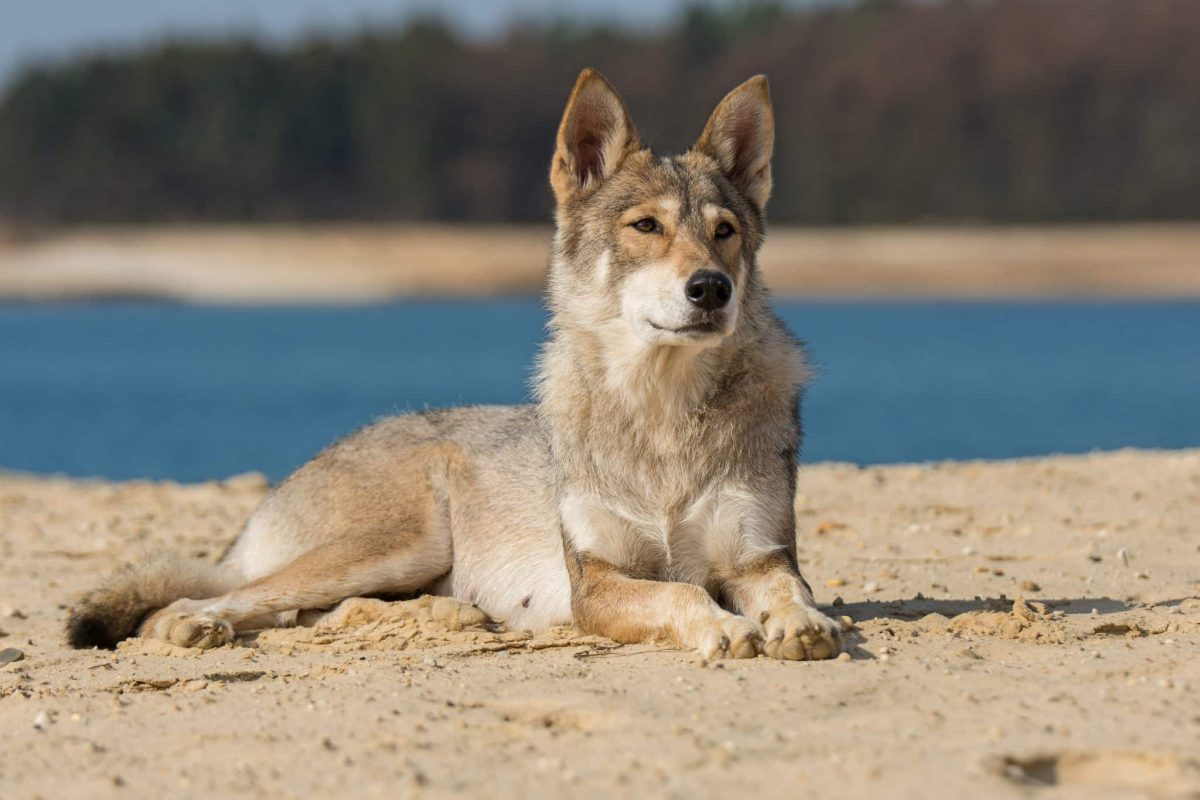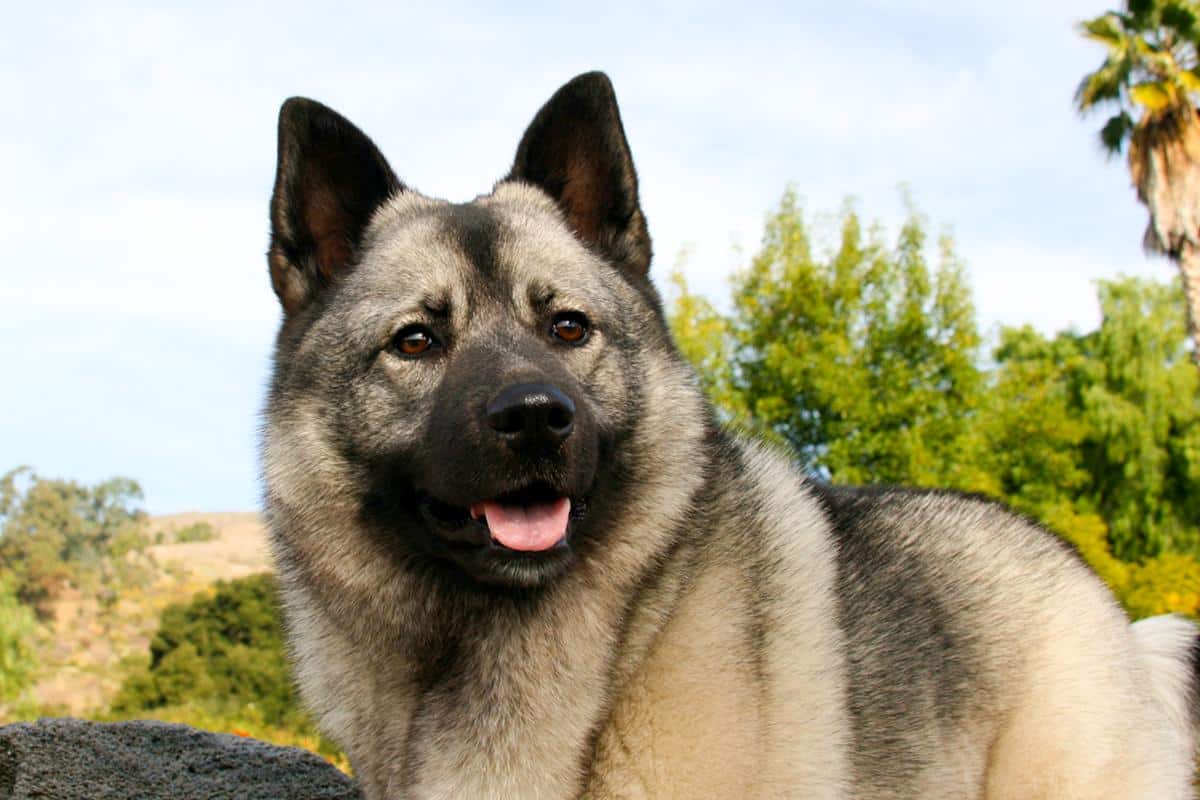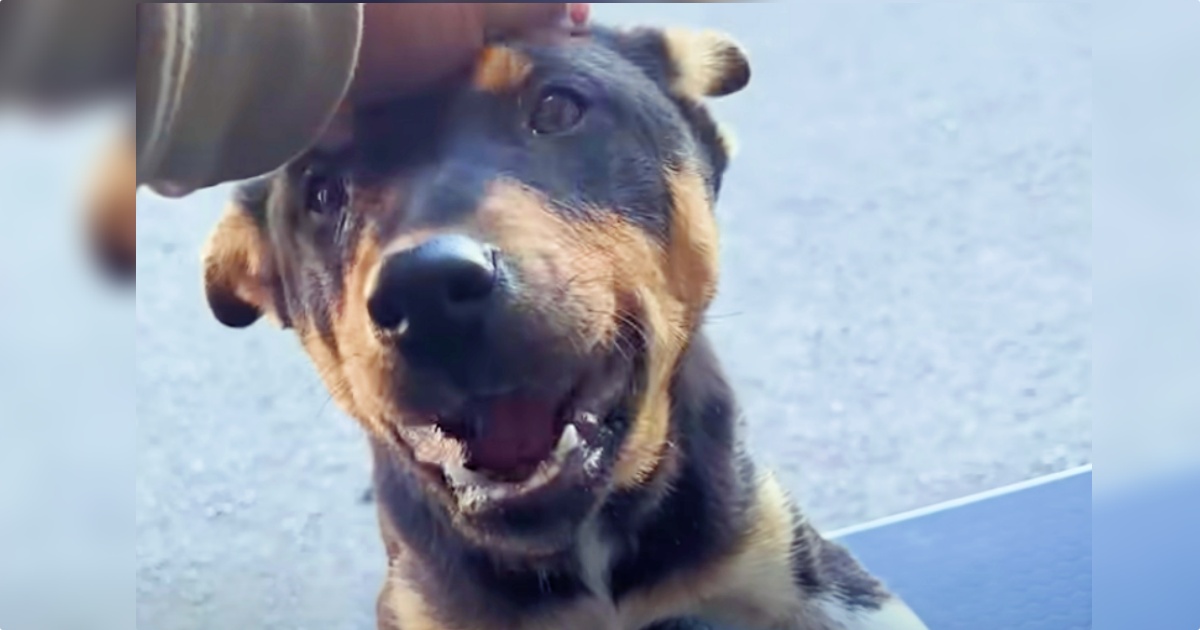PROTECT YOUR DNA WITH QUANTUM TECHNOLOGY
Orgo-Life the new way to the future Advertising by Adpathway Shutterstock
Shutterstock
While many dogs are happy chasing tennis balls or snoozing in the sun, certain breeds were made for snow, cold, and the hard work of pulling sleds. These snow-ready powerhouses boast thick coats, incredible stamina, and a work ethic that would make most humans sweat. Even today, despite snowmobiles and high-tech transport, these dogs thrive hauling supplies, racing across frozen landscapes, and tackling harsh adventures. They aren’t just pets—they’re determined workers fueled by a love for the trail and a passion for the journey.
Alaskan Malamute
 Shutterstock
Shutterstock
Alaskan Malamute is one of the oldest and strongest sled dogs, bred by the Inuit people for hauling heavy loads over long distances. Their dense double coats, powerful frames, and steady, plodding strength make them ideal for freight work rather than racing. Malamutes aren’t built for speed—they’re the diesel trucks of the sled world, pulling with patient, unstoppable force. Even today, they work in expeditions, wilderness trekking, and heavy-duty sled hauling. Plus, they look majestic doing it, with tails curled up like fluffy victory flags.
Siberian Husky
 Shutterstock
Shutterstock
Siberian Husky is the flashy sports car of sled dogs—sleek, fast, and ready to race. Originally bred by the Chukchi people of Siberia to pull light loads at high speeds across tundra, Huskies are famous for their endurance and efficiency. Modern sled dog teams still heavily feature Siberian Huskies, especially in long-distance races like the Iditarod. Their thick coats, boundless energy, and friendly personalities make them favorites both on the trail and on the couch afterward—assuming they sit still.
Tamaskan Dog
 Shutterstock
Shutterstock
The Tamaskan Dog might have been developed for its wolf-like looks but also inherited some serious working ability. With a mix of Husky, Malamute, and German Shepherd ancestry, Tamaskans have the strength, endurance, and cold tolerance to work in sled teams. They participate in recreational sledding, cart pulling, and skijoring today, impressing with both their work ethic and stunning appearance. Tamaskans may not have ancient sledding history behind them, but they’re quickly making a name for themselves as snow-loving, trail-taming companions.
Greenland Dog
 Shutterstock
Shutterstock
Greenland Dog is a hardy, tough-as-nails breed developed for sledding and hunting in some of the world’s most inhospitable climates. They are strong, independent, and less concerned with pleasing their humans than doing the job. Greenland Dogs are still actively used in Greenland for transportation and work, especially where snowmobiles fear to tread. Their endurance is legendary, and their ability to navigate treacherous frozen landscapes is unmatched. If a blizzard, a glacier, and a hundred-mile trek are involved, you can bet a Greenland Dog is already halfway there.
Finnish Lapphund
 Shutterstock
Shutterstock
Finnish Lapphund, another rugged breed from the Arctic Circle, was initially bred to herd reindeer but contributed to light sled pulling across snowy regions. Agile, quick-thinking, and resilient, they adapt easily to frozen terrain. Today, Finnish Lapphunds often participate in recreational sledding and skijoring events. Their thick coats and stamina make cold-weather adventures a breeze. They might look cuddly, but these dogs can sprint across snowbanks like nobody’s business.
Samoyed
 Shutterstock
Shutterstock
Samoyeds might look like fluffy white marshmallows, but under all that adorableness is a working dog built for Arctic life. Originally bred by the Samoyedic people of Siberia to herd reindeer and pull sleds, these dogs have thick, weatherproof coats and boundless energy. They still participate in sledding and skijoring events, especially in recreational teams where enthusiasm is valued as highly as raw speed. Plus, they smile while they work—literally. That famous “Sammy smile” keeps them from drooling icicles all over their snowy routes.
Icelandic Sheepdog
 Shutterstock
Shutterstock
Don’t let the word “sheepdog” fool you—the Icelandic Sheepdog has more snow savvy than many sled-specific breeds. Bred to work in the harsh Icelandic climate, these energetic pups were often used for herding, cart pulling, and light sled work. Their thick, double coats and natural athleticism perfectly suit snowy landscapes. Today, they excel in recreational mushing and winter sports, proving that even smaller breeds can dominate the snow with a little attitude (and a lot of fluff).
Bernese Mountain Dog
 Shutterstock
Shutterstock
The Bernese Mountain Dog is the snow-loving gentle giant of Switzerland, bred for draft work, including cart pulling through alpine villages. While not bred specifically for sledding, their power and cold-hardy coats make them excellent participants in modern skijoring and recreational sled pulling. They move more like powerful plows than racehorses, making winter treks possible and entertaining. If you fall off your sled, a Berner will probably sit next to you and offer emotional support… and possibly a drooly rescue.
Yakutian Laika
 Shutterstock
Shutterstock
The Yakutian Laika is a Siberian breed originally used by the Yakut people for sledding, herding, and hunting in freezing conditions. These dogs are resilient, intelligent, and hardworking, with thick coats perfectly adapted for subzero life. Yakutian Laikas are still used for sledding, particularly in recreational teams and cold-weather expeditions. They are independent thinkers, often making smart decisions about trials and obstacles without waiting for human input. If your sled team included a Yakutian Laika, you could trust them to pick the best shortcut, whether you agreed or not.
German Shepherd (working lines)
 Shutterstock
Shutterstock
Although not a traditional sled breed, working-line German Shepherds have participated in sled pulling and skijoring thanks to their strength, intelligence, and cold tolerance. Especially during wartime, German Shepherds were used to pull supplies across snowy battlefields. Today, athletic German Shepherds thrive in recreational sledding events, often surprising purists with their drive and adaptability. They might not be the first choice for competitive mushing, but they’ll tackle snow trails with tactical precision and a can-do attitude.
Norwegian Elkhound
 Shutterstock
Shutterstock
While better known today for hunting, the Norwegian Elkhound also boasts a history of sled work in snowy terrains. Norsemen used these sturdy, thick-coated dogs to transport goods and assist in Arctic exploration. Modern Elkhounds still participate in skijoring and recreational sled pulling, showing their endurance and resilience. They’re not built for long-distance sled races like Huskies, but excel at hauling smaller loads with cheerful determination. They prove that even a rugged hunter can moonlight as a surprisingly effective sled dog in the right conditions.
The Real Reason Your Snowmobile Feels Nervous
 Shutterstock
Shutterstock
These snow-loving legends weren’t just built to survive blizzards—they were made to thrive in them. From lightning-fast racers to powerhouse haulers, sled dogs remain some of the most impressive athletes in the canine world. Whether pulling freight across frozen landscapes or racing through snowstorms with nothing but grit and fluff, they continue proving that the real horsepower wears paws when the snow gets deep. Who needs an engine when you’ve got a team that thinks blizzards are just nature’s way of adding a little excitement to the ride?


 3 months ago
16
3 months ago
16





















 English (US) ·
English (US) ·  French (CA) ·
French (CA) ·